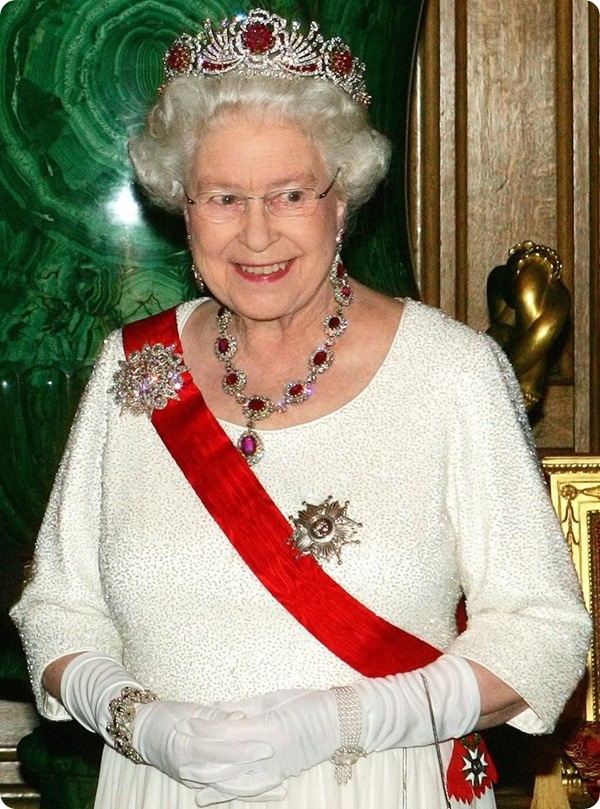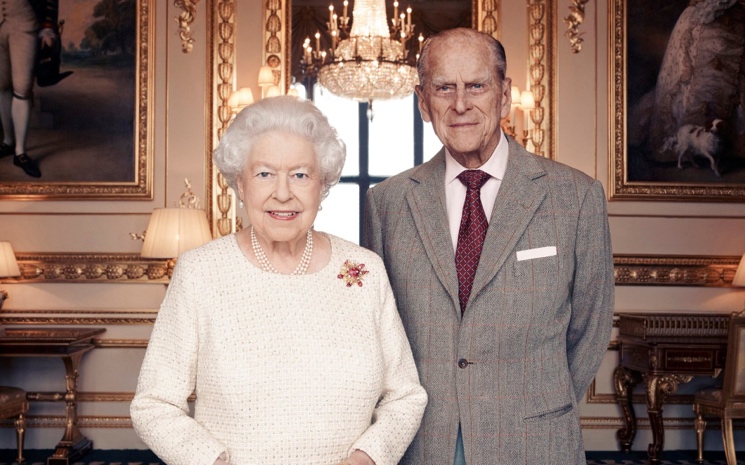The Ruby Jubilee

In February 1992, Queen Elizabeth II celebrated her Ruby Jubilee, marking her 40th anniversary as a monarch. The Queen did not undertake any official engagements on that day; instead, she spent the day with her family. She spent her Sapphire Jubilee day in 2017 marking her 65th anniversary as a monarch in the same way.
Ruby is probably the most associated gemstone with any monarchy both in old times and in recent time. The royal recognition was not only the result of its remarkable beauty and red hue, which is often the symbol colour of monarchies but also for its rarity and high value.
During her time as a monarch, the queen has been seen wearing some of the finest jewels made of ruby. A few of her ruby jewels stand as masterpieces even amongst royal families’ standards.
The Ruby Tiara and The Crown Ruby Necklace. The necklace was designed by Prince Albert for Queen Victoria. The necklace was also part of the Queen Mother’s collection. The tiara was made of Burmese rubies and diamond. The origin of the necklace rubies is also likely to be Burmese.
The Baring Ruby Necklace. This necklace was acquired by the Queen in 1964. It had formerly belonged to the Baring collection. It is thought that the three central pendants - each a flat-cut ruby surrounded by brilliant diamonds - were originally used as a pair of earrings and a pendant before they were turned into pendants on this necklace of ruby and diamond clusters separated by single diamonds.
Queen Elizabeth and her husband, Prince Philip, the Duke of Edinburgh in a portrait to mark their 70th wedding anniversary.
The Queen was hearing her carved ruby and diamond brooch. Gifted to her by Prince Philip in 1966. The brooch won the 1966 Duke of Edinburgh prize and was designed by Andrew Grima.







